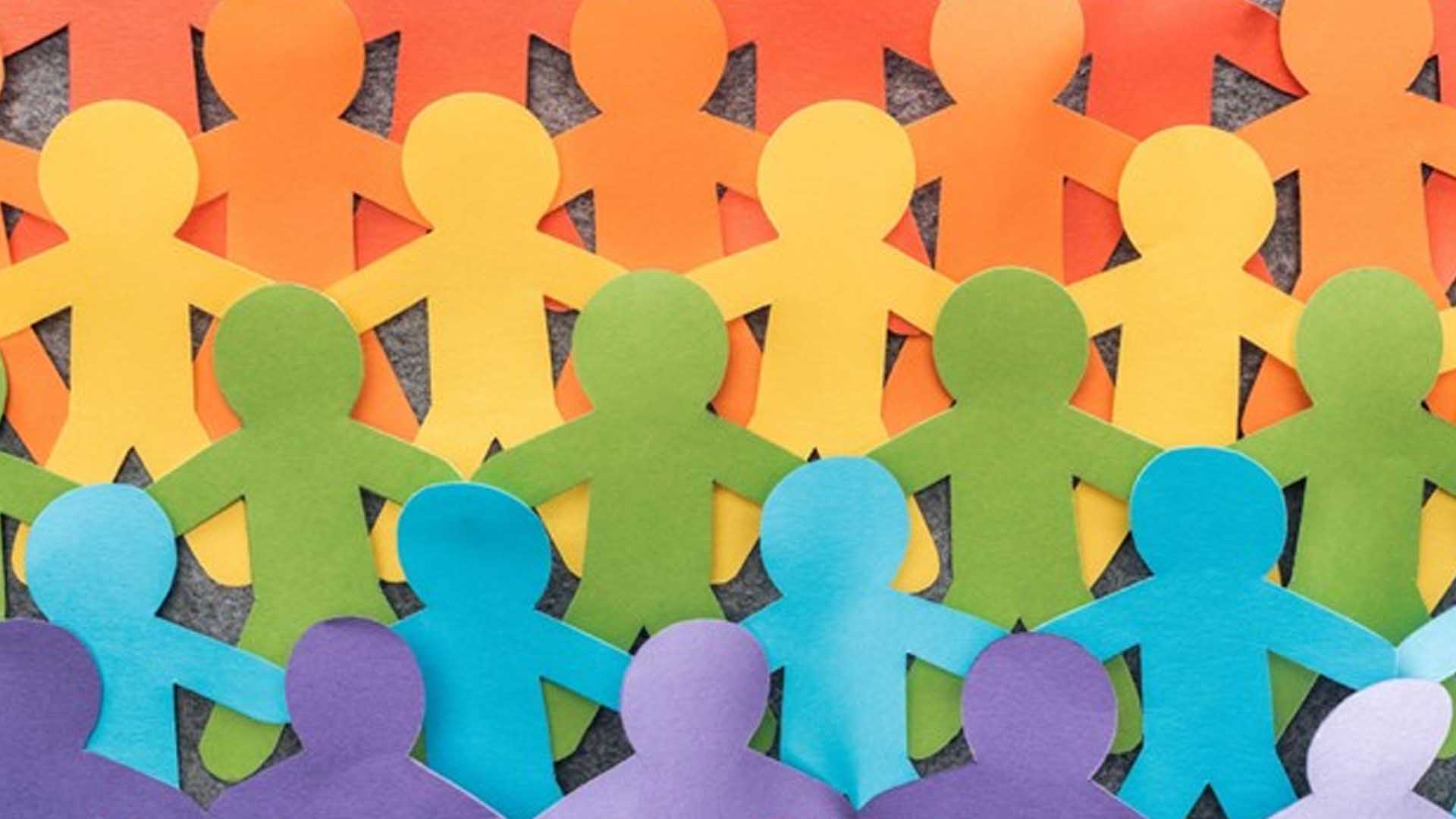In the Philippines, the LGBTQIA+ community (Lesbian, Gay, Bisexual, Transgender, Queer, Intersex, Asexual) is referred to using an umbrella term called “bakla”—someone who is not a straight male or female according to societal standards.
While “bakla” means a person assigned male at birth identifies as someone feminine, it is a general term used by Pinoys to refer to someone who is not strictly heterosexual.
Times are now changing, and people are starting to move on from the man-versus-woman dichotomy in gender.
Today, people all over the globe are starting to see that it’s not just straight males, straight females, and gays that are included as the perceptions and definitions of gender are expanding, and Pinoys are only just starting to discover this concept.
For Pinoys, it might be harder to grasp what “gender fluidity” means—because what do you call it in Filipino? The ordinary Pinoy might just casually refer to them as “bakla” but gender fluidity is not equal to being gay alone.
Generally, a gender fluid person is someone whose identity can change and is not fixed. For them, gender is flexible, and they do not have a “set gender” on the spectrum.
They can be female one day and male the next. They can be both, and they can be neither. It is a form of gender expression—“an acknowledgment that there is a spectrum and gender is non-binary,” says Margaret Seide, MD, a psychologist from Very Well Mind.
But one might ask—what in the world is gender expression and non-binary? How will people understand gender fluidity if they don’t know what in the world those terms are?
Pinoys are only starting to adopt progressive ideals on gender, so fairly new terms might be completely foreign when you mention them.
Gender fluid is non-binary
Gender fluidity is a form of “gender expression” or identity that is “non-binary”. In a clearer case, gender expression is simply how a person presents themselves to society—they can present themselves as feminine, masculine, both, or neither. In the same way, it is also how society, culture, and communities shape gender.
“Non-binary” is the opposite of “binary”. In terms of gender, “binary” means identifying exclusively as male or exclusively as female; it can also mean presenting yourself strictly as feminine or masculine, or simply following conventional gender expressions.
Oppositely, “non-binary” people have a more expansive, flexible conception of what gender is and how it can be expressed.
According to a study on non-binary genders, “non-binary” means identifying as neither male nor female, having a gender other than male or female, having multiple genders, or not having a gender.
In simpler terms, it means those whose gender expressions are non-binary, meaning they don’t conform to “binary” identities—a rejection of binary, conventional gender models.
Gender is dynamic
Because they believe in the non-binary, their definition of gender is super flexible. For gender fluid people, gender is dynamic and changing—therefore they shouldn’t be labeled or associated exclusively with one gender.
According to Gender Spectrum, gender fluid people are “people who have a gender or genders that change. Gender fluid people move between genders, experiencing their gender as something dynamic and changing, rather than static.”
In a brief, simple explanation, being gender fluid means your gender is not exclusive to one alone and it can change. However, in the Philippines, saying your gender is not attached exclusively to one label might confuse people.
Maybe others would still categorize them as “bakla” even when a gender fluid person might not be gay. After all, Pinoys tend to use “bakla” for anyone that’s not “straight” or cisgendered.
It might take a long while before Pinoys fully understand and accept what gender fluidity is, but it is highly possible because of the Philippines’ history of gender-neutral culture.
Many pre-colonial archives say that the Philippines in the past was egalitarian, meaning everyone was treated equally regardless of gender.
For example, the “babaylans” are Filipino shamans who can communicate with spirits. While most of the evidence points to the fact that the “babaylans” are women, there were also male “babaylans” or shamans.
The most interesting part is that these men who perform shaman activities may even crossdress, appear feminine, or simply leave their gender in the interpretation of others. The activities associated with women, like weaving and sewing, were also performed by Filipino men in the past, closing the boundaries between what a man and a woman should be.
In terms of language, Pinoys use “siya” instead of “him” or “her” to refer to someone, which is nice because there is no particular gender referred to, or assumed to be, when one speaks.
While, of course, this cannot say that the Philippines is totally gender-neutral, history has evidence that Pinoys are capable of grasping new, emerging concepts of gender.
Gender fluidity is a fairly new term to Pinoys, but it has existed for so long and it is highly possible that Filipinos have started to recognize its existence in the gender spectrum.
The Philippines has so many stories about gender diversity. You can meet unconventional people anywhere at any time. The gays are not just in the salon, the “tibo” isn’t always in male haircuts, and gender is not just male slash female.
The only trait needed to understand the world is to open the mind and adopt a wider perspective, which Pinoys are completely capable of.
After all, with a culture that is loving, compassionate, and accepting, nothing is truly impossible for a more inclusive society. This is Pride month. This must be remembered and celebrated.
Source: https://lgbtqia.ucdavis.edu/educated/glossary, https://youtu.be/I6xuJu7gLe0, https://www.ncbi.nlm.nih.gov/pmc/articles/PMC6748626/pdf/nihms-1050291.pdf, https://genderspectrum.org/articles/language-of-gender








